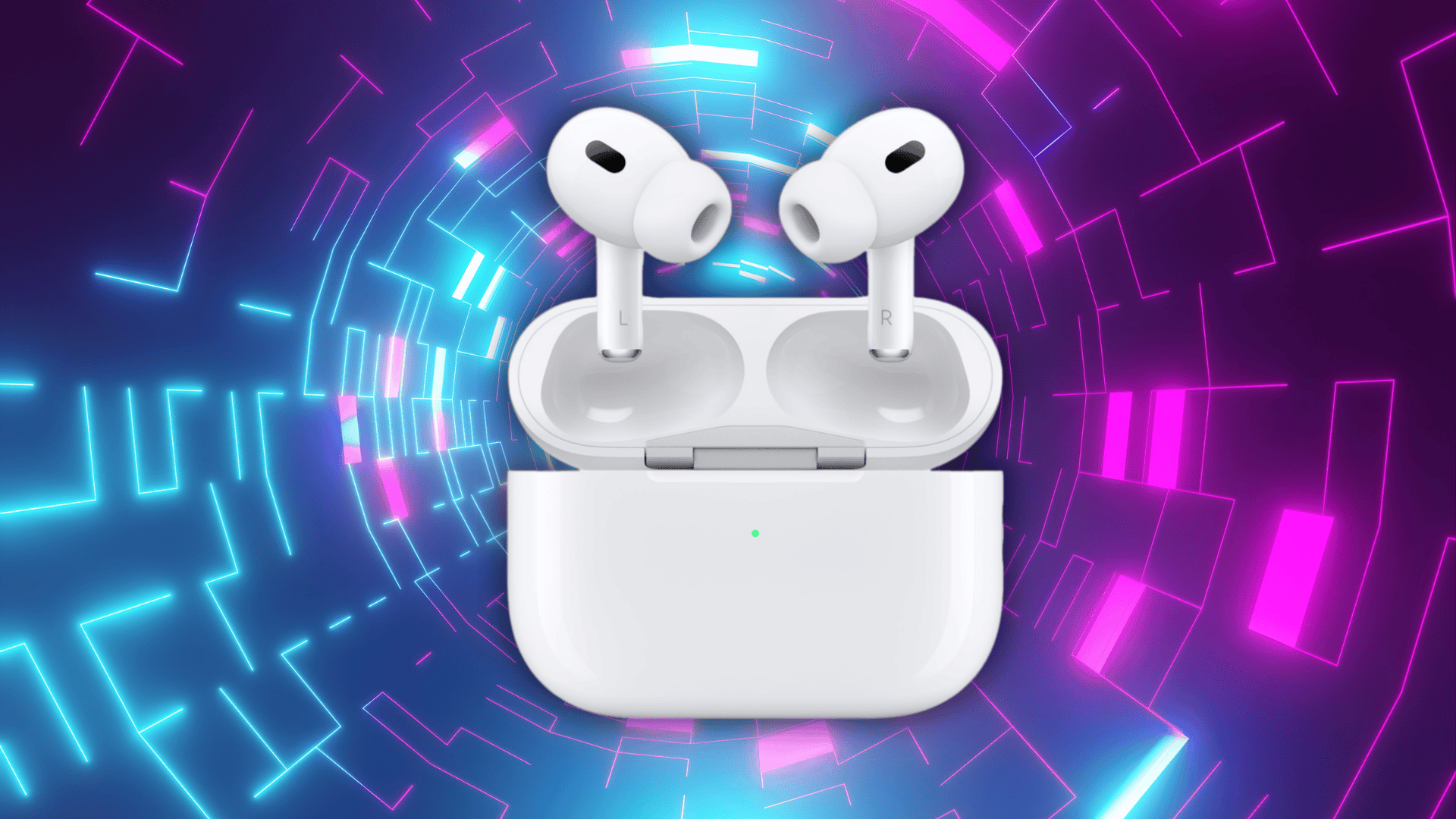Apple’s constant fine-tuning keeps the AirPods Pro 2 ahead of most wireless earbuds, and the latest AirPods Pro 2 firmware takes that even further.
This update doesn’t just fix bugs; it introduces real, everyday upgrades like sharper audio recording, cleaner call quality, and smoother switching between your devices.
In my experience, these small improvements make a noticeable difference if you use your AirPods daily for work, calls, or content creation.
Today, I’ll walk you through what’s new, how to check and update your firmware, and what to do if it doesn’t install automatically. Let’s start with what’s included in the new update.
AirPods Pro 2 Latest Firmware
The latest firmware for AirPods Pro 2 is version 8A356, released in September 2025. This update replaced the older 7E93 version and rolled out alongside iOS 26.
To get this update, your iPhone or iPad must run iOS 26 or later. The firmware installs automatically when your AirPods are charging and connected to your device via Bluetooth.
Both the USB-C and Lightning versions of AirPods Pro 2 share the same firmware number, 8A356. However, some earlier updates (like 7B21) applied only to specific models before Apple unified them under this release.
What’s New in Firmware 8A356
- Studio-quality audio recording: You’ll notice clearer, richer sound when recording voice notes, videos, or using dictation. It makes recordings more natural and balanced.
- Improved voice call quality: Voices now sound closer and more natural during phone calls, FaceTime, and other supported apps. Background noise is also reduced.
- AirPods camera remote: You can press and hold the AirPods stem to take a photo or start recording a video from a distance, using your iPhone or iPad camera.
- Charging reminders and Automatic Switching: The update refines battery notifications and improves how AirPods move between your iPhone, iPad, and CarPlay.
Some of these features may vary by region or language, depending on local software availability. For the best experience, make sure both your AirPods and device software are up to date.
How to Manage and Update Your AirPods Firmware

Knowing how to update AirPods Pro helps you keep their sound quality, connectivity, and features running at their best. Here’s how to check your firmware version, update it automatically, and fix common issues that might stop it from installing:
Check Your Firmware Version
You can easily check which firmware version your AirPods Pro 2 are running using your iPhone or iPad. Just make sure your device is on iOS 26 or later before you begin.
Step 1: Update your device (iOS/iPadOS 26+)
Go to Settings > General > Software Update and install the latest version. Your iPhone or iPad should be on iOS/iPadOS 26 or later.
Step 2: Connect your AirPods Pro 2
Open the case near your device or put them in your ears. Confirm they show as connected in Bluetooth.
Step 3: Open Bluetooth settings
Go to Settings > Bluetooth, find your AirPods Pro 2 in the list, and tap the “i” icon next to their name.
Step 4: Check the firmware version
Scroll down to Version on the device page. You’ll see a code like 8A356.
If you see 8A356, your AirPods are fully up to date. If not, keep them connected and charging near your device – updates install automatically when all conditions are met.
How to Update AirPods Firmware
AirPods Pro 2 update automatically, so there’s no button to press or file to download. Updates install when your AirPods are charging and close to your iPhone or iPad.
To make sure it updates smoothly, keep Bluetooth and Wi-Fi on, plug in the charging case, and leave your AirPods near your device for about 30–45 minutes.
If the firmware doesn’t update, try resetting your AirPods.
Hold the button on the case until the light flashes amber, then white, and reconnect them. You can also “forget” the AirPods in Bluetooth settings and pair them again.
Can you force an update?
No. Apple doesn’t allow manual updates. Just keep your AirPods charged, connected, and near your device until the update installs automatically.
Troubleshooting Common Update Problems
Sometimes your AirPods Pro 2 might not update automatically. These quick fixes can help solve the most common issues:
- AirPods won’t update automatically: Make sure your iPhone or iPad is running iOS 26 or later, Bluetooth is on, and you’re connected to Wi-Fi. Place your AirPods in the charging case, plug it in, and keep it near your device for about 30–45 minutes.
- Firmware stuck on an old version: Reset your AirPods by holding the setup button until the light flashes amber, then white. Reconnect them to your iPhone and check the firmware version again.
- AirPods not showing in Settings: Open and close the case lid to refresh the connection. If they still don’t appear, remove them from Bluetooth settings and pair them again.
- Case or battery problems: Make sure the case and AirPods both have at least 50% battery. Use Apple’s original charging cable and a working power source to avoid connection drops.
After these steps, keep your AirPods charging near your unlocked iPhone or iPad. The firmware should update automatically once everything is set up correctly.
Firmware Version Comparison
Apple has released several firmware versions for AirPods Pro 2, each bringing small but meaningful changes. The table shows how the latest 8A356 update compares with earlier versions:
| Version | Release Date | Features | Models |
|---|---|---|---|
| 7B19 | Oct 2024 | Basic audio improvements | Pro 2 (Lightning) |
| 7B21 | Nov 2024 | Added USB-C support | Pro 2 (USB-C) |
| 8A356 | Sept 2025 | Studio-quality audio, camera remote, and better call clarity | Pro 2 (both) |
Each update builds on the last, improving performance and expanding compatibility. Version 8A356 is the most complete so far, supporting both Lightning and USB-C models with the same advanced features.
Does Firmware 8A356 Improve Performance?
Here’s what users and reviewers are saying about how 8A356 affects real-world use:
- Sound quality: Users report clearer, crisper vocal tones in recordings and music. Many mention that audio sounds more natural.
- Mic/call clarity: Call quality improvements are often noted. Voices sound more natural and less muffled. The “Conversation Boost” feature reduces background noise in louder settings.
- Battery consistency/stability: There’s little direct feedback about major battery gains just because of the firmware. Most users say battery behavior remains stable. Some minor optimizations likely occur in the background.
- Overall experience: The update adds features users like (camera remote, enhanced recording) and refines performance. Many see it more as a “polish” update than a “revolutionary” one.
Firmware History Timeline
Apple has steadily refined the AirPods Pro 2 since their launch in 2022. The earliest firmware versions focused on improving noise cancellation, Bluetooth stability, and connection reliability.
In 2023, updates targeted performance and sound balance. Apple fine-tuned adaptive transparency and reduced call-related audio drops. These changes made the listening experience smoother across devices.
By 2024, firmware versions 7B19 and 7B21 introduced better device switching, improved Bluetooth performance, and added USB-C support for the newer AirPods Pro 2 model.
In 2025, the 8A356 firmware expanded capabilities with studio-quality recording, clearer call audio, and a camera remote feature.
Apple usually releases two to three firmware updates per year, balancing feature additions with performance and stability improvements.
Conclusion
The latest AirPods Pro 2 firmware makes them feel more refined and capable than ever.
Apple’s focus on practical upgrades like clearer recordings, improved calls, and better device switching shows how much polish matters for everyday users.
Even small tweaks can make a big difference when you rely on them daily. While you can’t manually install updates, keeping your AirPods charged and connected ensures you never miss improvements.
If you haven’t checked your firmware yet, take a minute to see if you’re running version 8A356. Staying current helps your AirPods perform their best and unlocks all the latest features Apple has added.








